Into the Cold
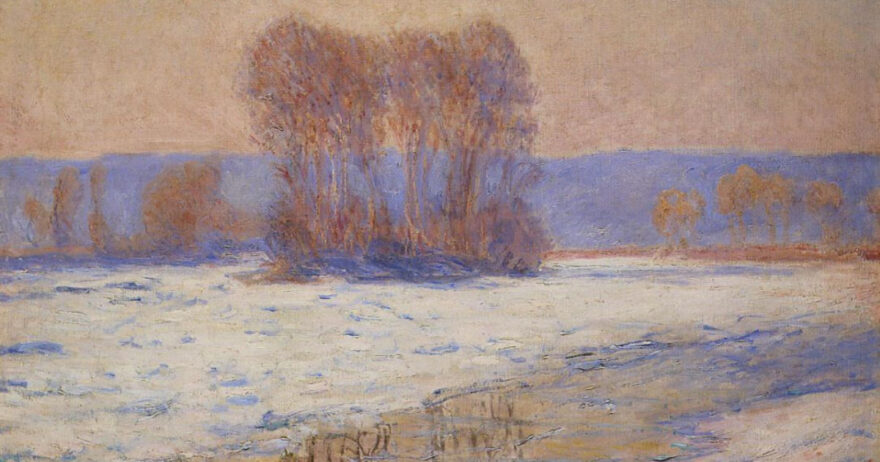
Brave the winter weather with these 16 plein air painting tips—and don’t forget your gloves.
By Courtney Jordan
Keep these weatherproof ideas in mind when heading outdoors to capture a cold-season scene en plein air.
Loose Brushwork
If there was ever a time to work loosely, painting en plein air during the cold winter months might just offer the perfect opportunity. It’s a great time to follow in the footsteps of the Impressionists.
✓
Embrace broken color through the use of loose brushstrokes.
✓
Let your marks be a little scattered and unplanned.
✓
Follow a tight value range to keep any color chaos contained.
This article originally appeared in Artists Magazine. Subscribe now so you don’t miss any great art instruction, inspiration, and articles like this one.
Opposites Attract
Time is of the essence when painting outside during the chilliest season of the year. A good compositional rule of thumb is to look for contrasts so that you don’t spend a lot of time settling on a scene.
✓
Seek places where linear, man-made objects such as roads, fences, and buildings meet organic objects in interesting ways.
✓
Observe where vertical and horizontal objects intersect for visual interest. This could be as simple as a small glen of trees next to the curves of a river. Impressionist Claude Monet, for example, immortalized the Seine River ice floes in a dozen or so paintings, including The Seine at Bennecourt, Winter.

Notan Time
In Japanese, notan roughly translates to “light and dark harmony, or balance.” There’s no better time to explore a notan study than in a snowy landscape, which naturally highlights the relationship between light and dark elements.
✓
A notan usually makes use of black and white alone but can also work with the addition of one or two gray values.
✓
Release any preoccupation with detail and focus on the full impression of a place. Make the large shapes the backbone of your composition.
✓
If the results are abstracted, you’re on the right path.
Plus and Minus
There’s no telling what form the positive and negative spaces in your painting will take; that’s completely up to you. But, a great strategy for painting outdoors is to make sure these two balance each other out.
✓
If you’re depicting powerful cloud formations in the sky, build your composition with a low horizon line.
✓
Don’t fuss with extra texture in the sky if it detracts from the cloud shapes you’re painting. It’s OK to keep everything that’s located above the horizon line less detailed so that the landscape is the star of the show.
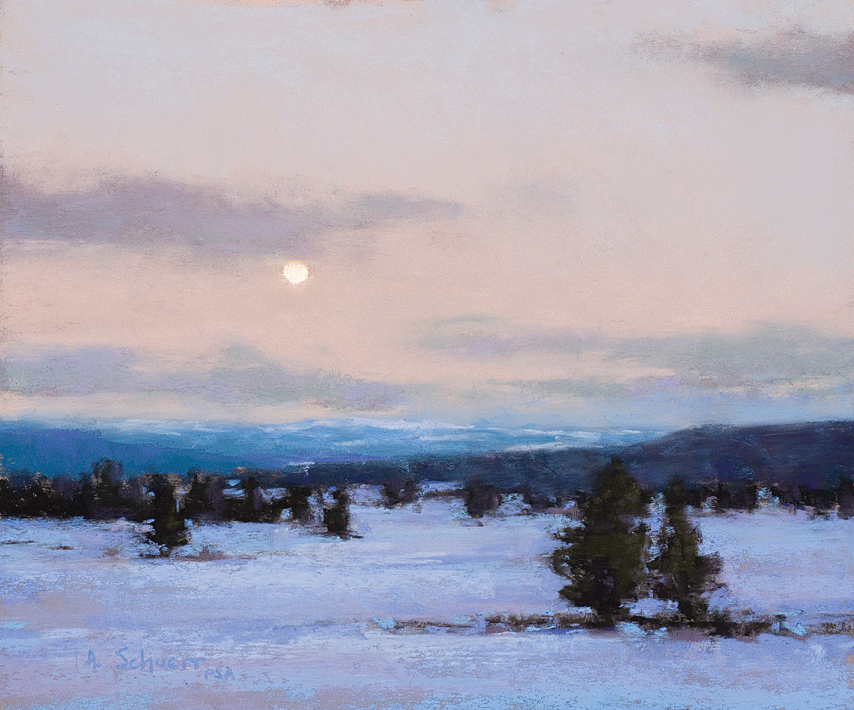
Bypass Pure White
✓
Idyllic winter landscapes featuring fluffy expanses of snow may seem like the perfect opportunity to lay down strokes of pure white, but that’s rarely the case. Instead, reserve your unadulterated whites for your brightest lights.
✓
Seek the underlying colors, however subtle, that exist in the scene.
Here Comes the Sun
In an otherwise dull winter day, sunrise and sunset often explode with color—a winter plein air artist’s dream scenes.
✓
Prep your painting palette with colors that enable you to best interpret warm lights and cool shadows.
Go for the Glow
✓
Give a wintry painting that special gleam of light by priming your canvas with a tint such as cool gray or warm beige—or even cool blue or warm purple.
✓
Try to get a feel for the landscape you’ll be depicting in advance, then prep your surface accordingly.
✓
Use the sgraffito technique to scratch into any wet paint you put down during your painting session to reveal the primer color. This adds more depth to your painting.
From Our Shop
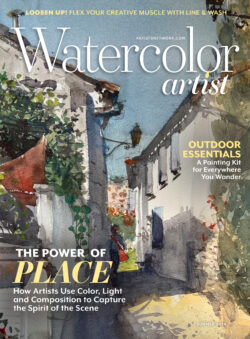
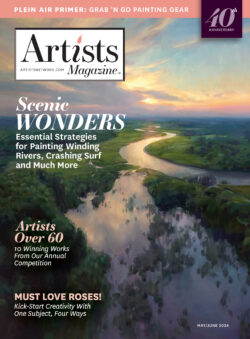
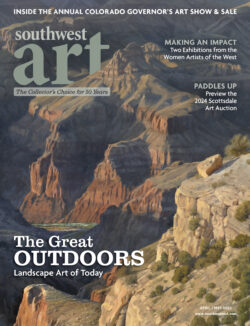

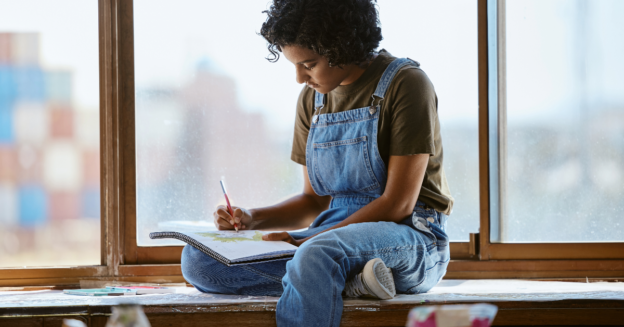
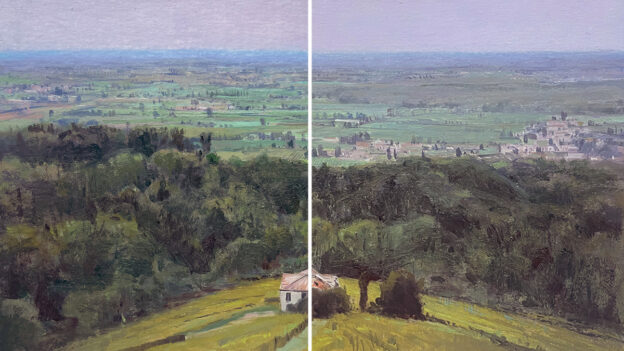
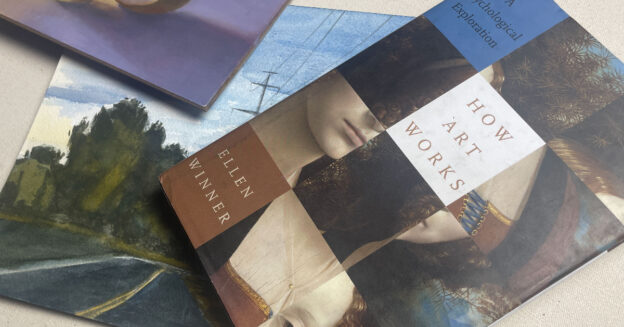
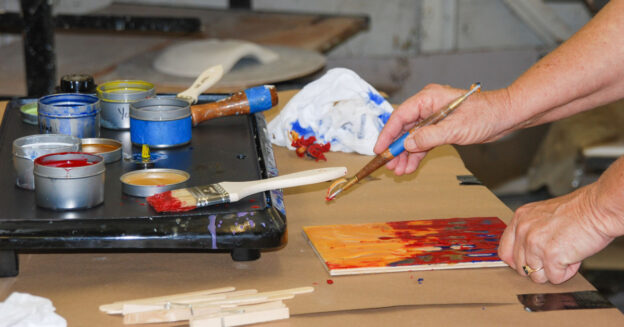
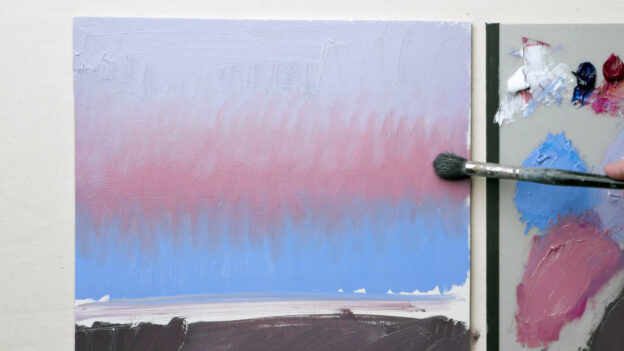


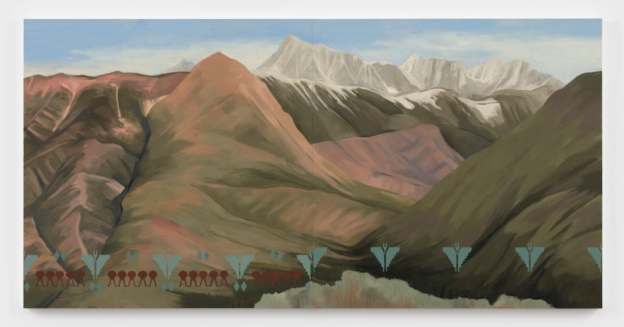
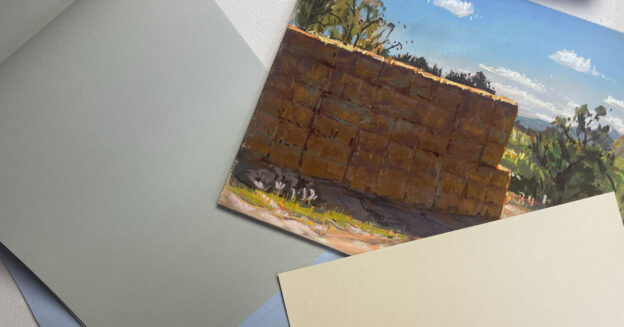
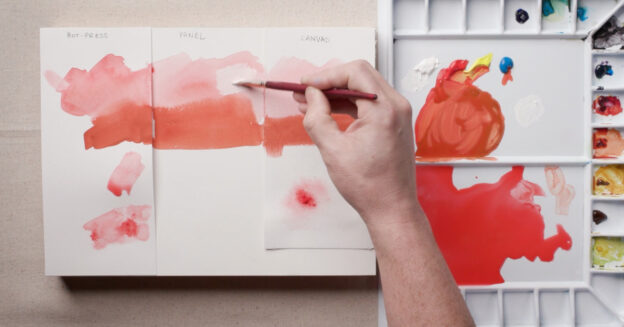

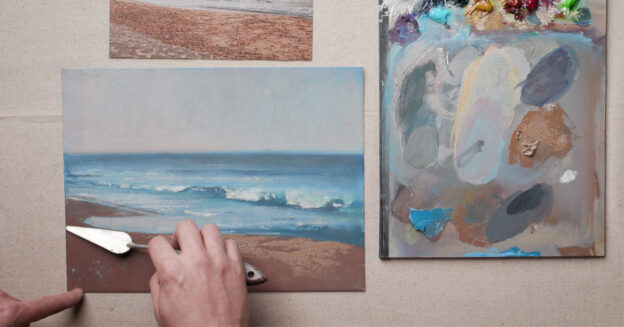
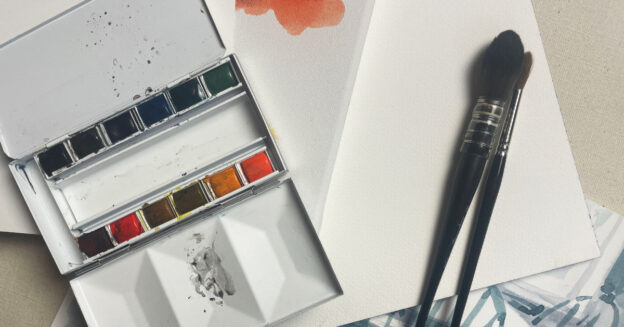

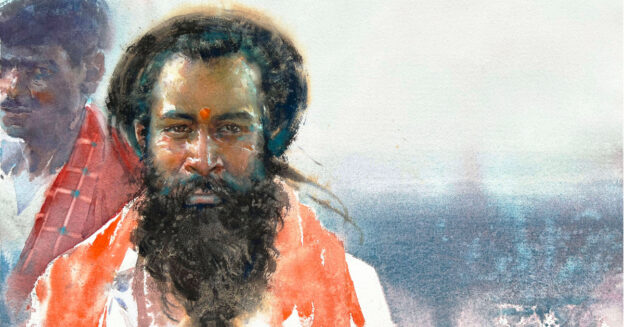
Join the Conversation!